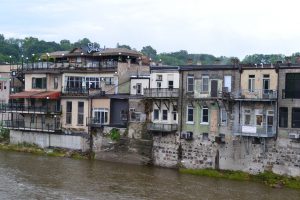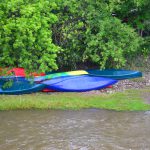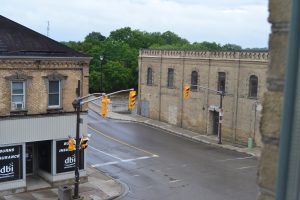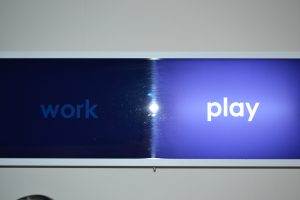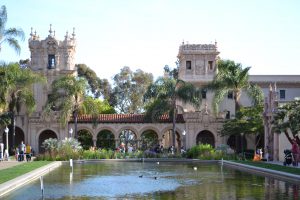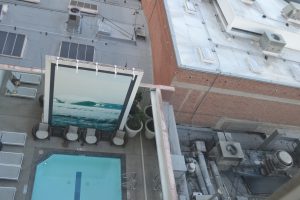Reading is a mythic symbolic act in which squiggles are assigned to letters to create words and sentences and paragraphs and meaning. It really is a form of magic. And like many things in this life, it’s possible to overdo it.
Although I could read fine, I didn’t become an engaged reader until my teens, mostly because I was bored with the books I was offered. In grade 8, I discovered S.E. Hinton’s The Outsiders, and never looked back. I devoured books by Erle Stanley Gardner, Agatha Christie, Ursula LeGuin, Lloyd Alexander, Johnathan Wydham, and H.G. Wells, before moving onto Kurt Vonnegut and Tom Robbins. By university, I was engaging with Philip K. Dick, Mary Shelley, Douglas Adams, Samuel R. Delaney, Delacorta, Italo Calvino, and The Tao Te Ching.
My MA focussed on hard boiled American fiction, mostly from the late 1920s to the 1950s. I was quietly in love with Raymond Chandler, while appreciating Dashiel Hammett’s edge, discovering David Goodis, Jim Thompson, Leo Malet, and others along the way. I read, re-read, and analyzed thousands of pages of fiction and criticism and philosophy over a six-year period. (Is that a record for a Master’s thesis?) Once the dust had cleared, I made the unsettling discovery that I couldn’t read any more. When I picked up even a magazine article, an anxious nausea welled up making me stop. This lasted about a year-and-a half. And then I got into Umberto Eco, James Joyce, H. Rider Haggard, Jeanette Winterson, Ali Smith, Kate Atkinson, Michael Cunningham, and Bruce Wagner.
When I started my PhD, I was unsure and concerned about what the renewed academic work would do to my reading (or writing). Because the research wasn’t literary, I wasn’t required to read fiction, and I think that helped. I did, of course, read reams of academic work, realizing that now I actually read this type of writing much faster than when entering a fictional world I want to savour.
Once the PhD was done, I started reading things with lots of pictures; National Geographic, Eyewitness Travel Guides, and comics (which have opened up a new research area for me). I started catching up on about ten years of missed TV and movies, thanks to the Toronto Public Library’s vast collection of DVDs (old school, but free!). One of the (many) series I discovered was Wire in the Blood, in which a forensic psychologist and a DI unravel and track down serial killers (you may be noticing a recurrent theme by now). Intrigued by the complex plotting, I discovered that the series was based on books by Val McDermid, so now I’m working through them. So thanks to picture books and DVDs, I’m reading books without pictures again, and looking forward to future discoveries.
©Catherine Jenkins 2017 all rights reserved
Like this:
Like Loading...

